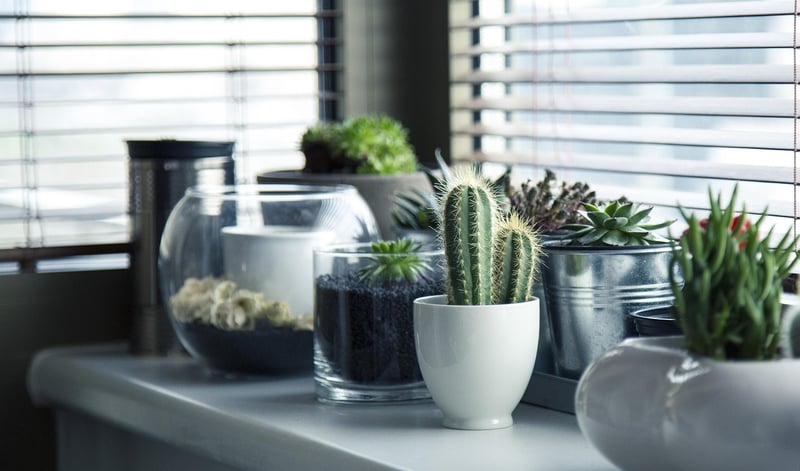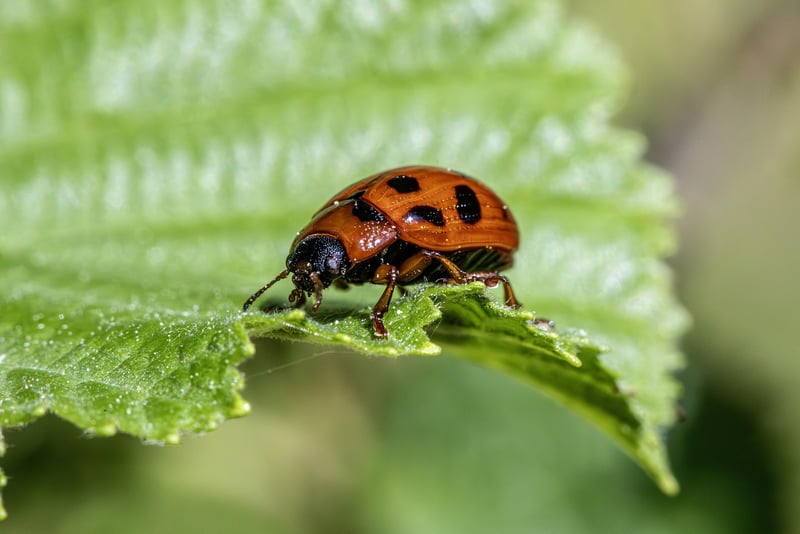Pest Control
Keeping Your Vertical Garden Thriving

Introduction
Vertical gardens are a fantastic way to bring greenery into small spaces and create a stunning visual impact. However, like any garden, they require care and maintenance to thrive. In this article, we'll explore essential tips to keep your vertical garden lush and healthy.
1. Proper Watering
Ensure your vertical garden receives adequate water. Depending on the plants you have, you may need to water them daily or every few days. Be mindful not to overwater, as this can lead to root rot.
2. Adequate Sunlight
Most plants in vertical gardens require sunlight to thrive. Ensure your garden receives enough sunlight based on the plant's requirements. If your space has limited light, consider choosing shade-tolerant plants.
3. Regular Pruning
Keep your vertical garden looking neat and encourage new growth by regularly pruning dead or yellowing leaves. This will also help prevent pests from taking hold.
Pest Control
Pests can be a common issue in any garden, including vertical ones. Here are some natural pest control methods to keep your vertical garden pest-free:
1. Neem Oil Spray
Neem oil is a natural insecticide that can help control pests like aphids, mealybugs, and spider mites. Dilute neem oil with water and spray it on your plants to keep pests at bay.
2. Introduce Beneficial Insects
Ladybugs, lacewings, and other beneficial insects can help control pest populations in your garden. Consider purchasing these insects from a garden center and releasing them into your vertical garden.
3. Diatomaceous Earth
Diatomaceous earth is a natural powder that can be sprinkled around your plants to deter pests like slugs, snails, and ants. Reapply after rain to maintain its effectiveness.
By following these tips for maintaining your vertical garden and implementing natural pest control methods, you can ensure your garden stays healthy and vibrant.
Remember to regularly inspect your plants for signs of pests or disease and take prompt action to address any issues.
